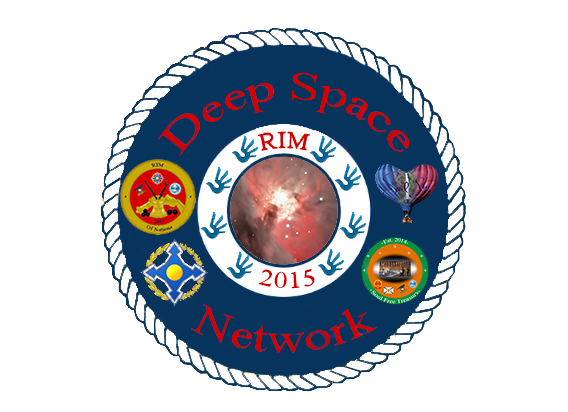





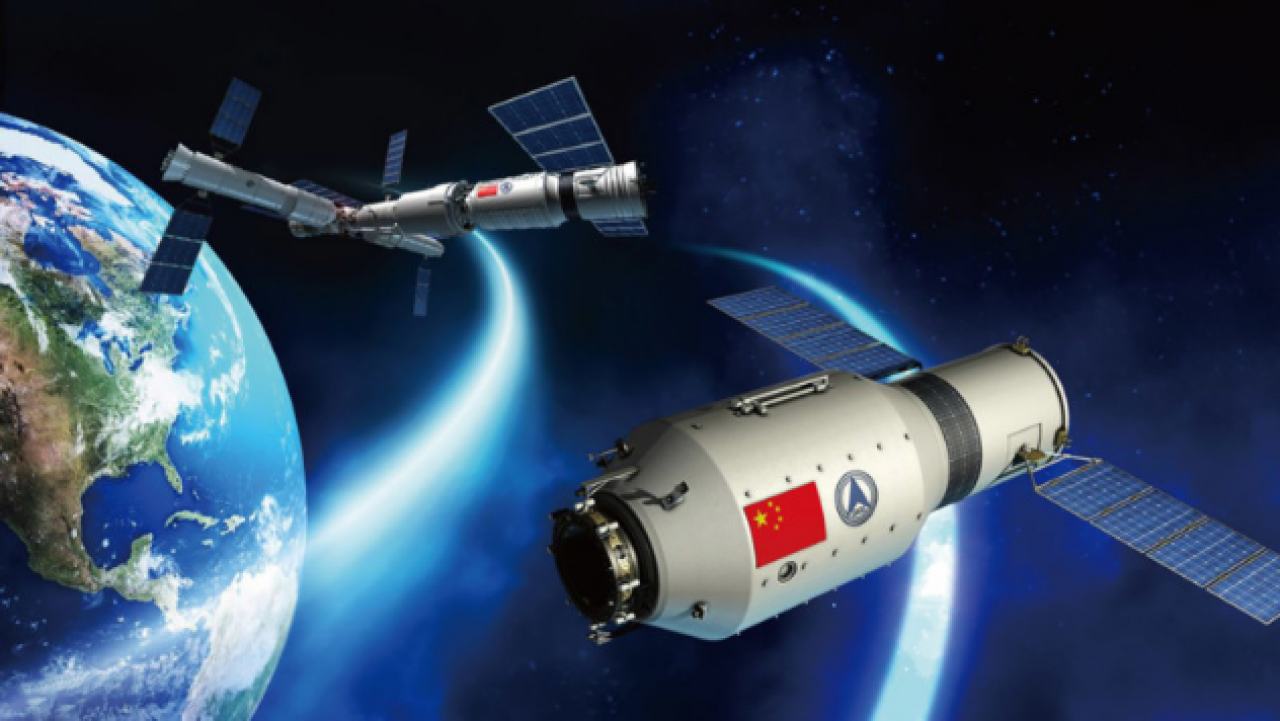
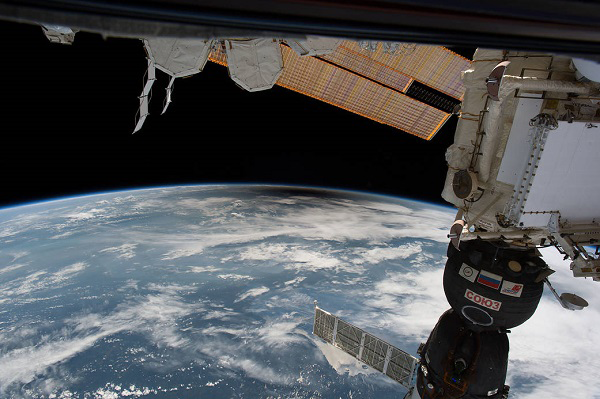

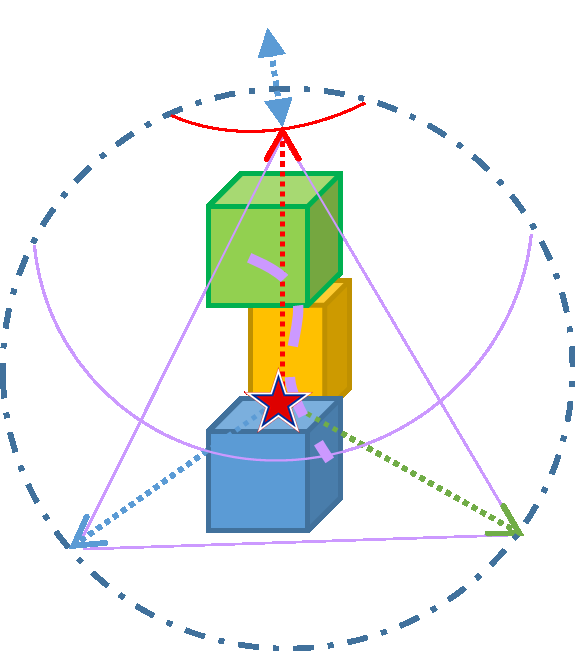 Visually, the ceiling-floor manuever extends data analysis from the sea-level space technique to improve climate security in a vertically integrated environment. Scientifically, several mathematical theorems are included to build algorithims for analogy which defines the scope of the manuever. Mathematically, solutions to climate-related issues are illustrated with absolute proof as the Ceiling-Floor formation expands the framework for the Cylinder-1 formation on the RKS system. Resolutely, climate security is achieved with time as the Ceiling-Floor formation improves near Earth orbiting for deep space research. Significantly, environmental analysis is improved on the RKS system which is available on the DSN.
Visually, the ceiling-floor manuever extends data analysis from the sea-level space technique to improve climate security in a vertically integrated environment. Scientifically, several mathematical theorems are included to build algorithims for analogy which defines the scope of the manuever. Mathematically, solutions to climate-related issues are illustrated with absolute proof as the Ceiling-Floor formation expands the framework for the Cylinder-1 formation on the RKS system. Resolutely, climate security is achieved with time as the Ceiling-Floor formation improves near Earth orbiting for deep space research. Significantly, environmental analysis is improved on the RKS system which is available on the DSN.![]()
![]()
![]()
![]()
![]()
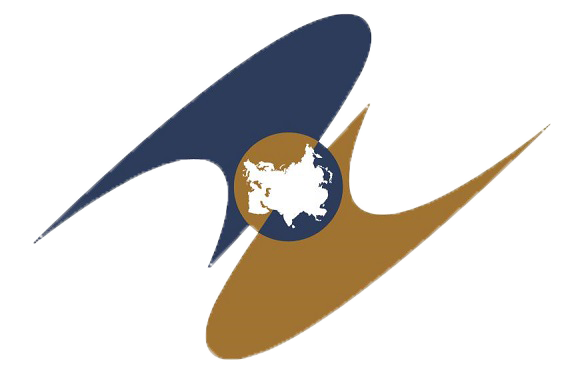
![]()
![]()
![]()
![]()
![]()
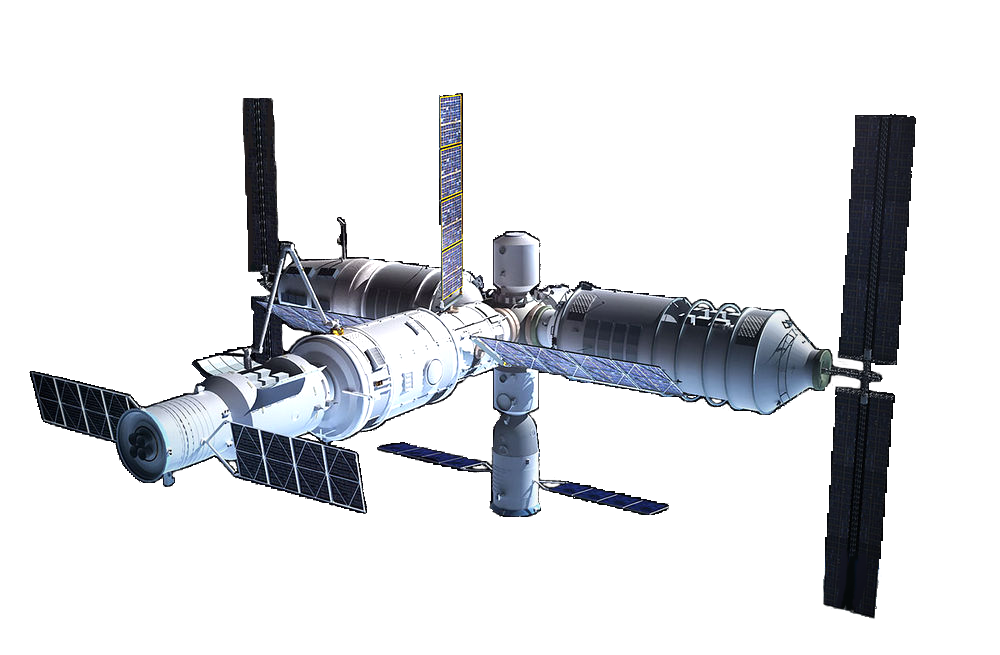 Ardently, the RIM of Nations launched with a climate security initiative in May 2015 as growing expectation of new weather patterns increase awareness of the atmosphere. Essentially, outer space research transitioned from the core as development of mainstream climate policies achieve readiness for major weather patterns which extend in long periods of time (i.e., decades to millions of years). Effectively, to lead climate security it is imperative to illustrate outer space cooperation beyond the limits of the International Astronomical Union (IAU) with our Deep Space Network (DSN). Internationally, the DSN renders a solid foundation for space-age exploration of the solar system as biodiversity hotspots, military acadamies and urban redevelopment projects bloom around the planet. Relevantly, the Solar System formed over 4.6 billion years ago from the gravitational force of a giant molecular cloud. Vastly, the majority of the solar system's form weighs in the Sun, framing the inner planets which are: Mercury, Venus, Earth and Mars, which are also called the terrestrial planets or the four smaller planets. Primarily, the inner planets are composed of rock and metal.
Ardently, the RIM of Nations launched with a climate security initiative in May 2015 as growing expectation of new weather patterns increase awareness of the atmosphere. Essentially, outer space research transitioned from the core as development of mainstream climate policies achieve readiness for major weather patterns which extend in long periods of time (i.e., decades to millions of years). Effectively, to lead climate security it is imperative to illustrate outer space cooperation beyond the limits of the International Astronomical Union (IAU) with our Deep Space Network (DSN). Internationally, the DSN renders a solid foundation for space-age exploration of the solar system as biodiversity hotspots, military acadamies and urban redevelopment projects bloom around the planet. Relevantly, the Solar System formed over 4.6 billion years ago from the gravitational force of a giant molecular cloud. Vastly, the majority of the solar system's form weighs in the Sun, framing the inner planets which are: Mercury, Venus, Earth and Mars, which are also called the terrestrial planets or the four smaller planets. Primarily, the inner planets are composed of rock and metal.
Substantially, the four outer planets are more massive than the terrestrials and are called the gas giants. Mainly, the two largest outer planets, Jupiter and Saturn, are composed of hydrogen and helium. Meanwhile, the two outermost planets, Uranus and Neptune, are composed largely of substances with high melting points (called ices), such as water, ammonia and methane, and are often referred to separately as "ice giants". Primarily, all planets have almost circular orbits which forms an abstract disc-shaped ecliptic plane. Accordingly, the ecliptic plane forms a celestial sphere which is centered to the Earth orbiting the Sun and is used to empower the DSN from the Ceiling-Floor formation. Likewise, the ecliptic plane is used to develop astronomical coordinate systems such as the horizontal, equatorial, ecliptic, galactic and supergalactic systems. Notably, the Rokot-Kupol space system (RKS) includes a supergalactic coordinate system which delineate various galaxies.
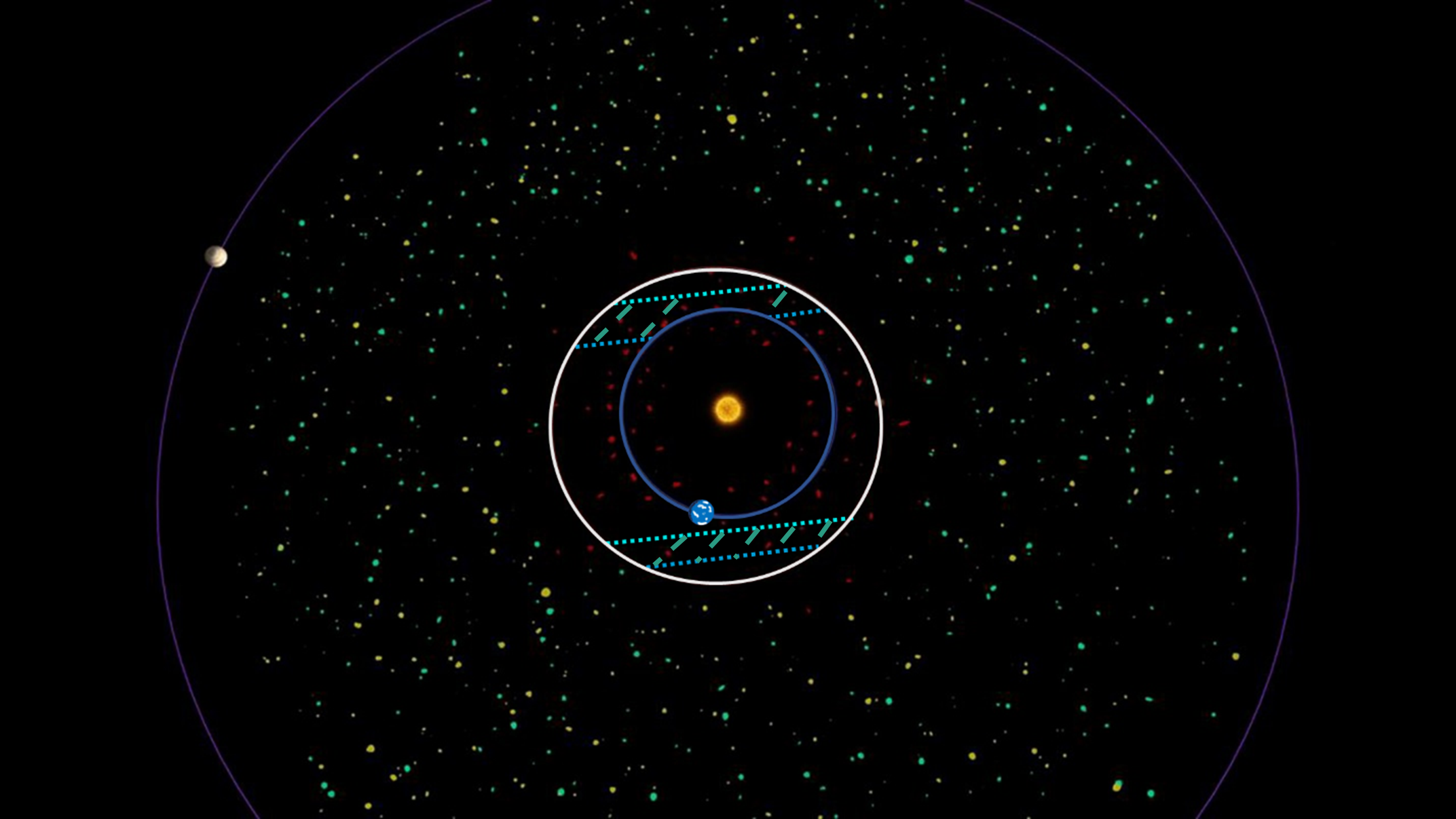 Prodigiously, the solar system contain regions populated with smaller objects, for instance, the Asteroid Belt which lies between Mars and Jupiter and is composed of rock and metal objects. Likewise, Neptune's orbit lies within the Kuiper Belt which is a circumstellar scattered disc larger than the asteroid belt containing remnants from the formation of the solar system. Mainly, most of the objects in the Kuiper Belt are identified as trans-Neptunian objects (TNO) composed mostly of ices. Principally, the ecliptic plane explains the orbit of dwarf planets in the Kuiper Belt as several dozen to more than ten thousand objects are large enough to orbit on their own gravity. Specifically, identified dwarf planets include the asteroid Ceres and the trans-Neptunian objects Pluto and Eris, Haumea, Makemake, and Gonggong. Additionally, within the Kuiper Belt are various other small-body populations, including comets, centaurs and interplanetary dust, which travel between regions. Dexterously, six of the planets, at least three of the dwarf planets, and many of the smaller bodies are orbited by natural satellites, termed "moons" after the Earth's Moon. Harmoniously, each of the outer planets in the solar system are encircled with planetary rings of dust and other small objects.
Prodigiously, the solar system contain regions populated with smaller objects, for instance, the Asteroid Belt which lies between Mars and Jupiter and is composed of rock and metal objects. Likewise, Neptune's orbit lies within the Kuiper Belt which is a circumstellar scattered disc larger than the asteroid belt containing remnants from the formation of the solar system. Mainly, most of the objects in the Kuiper Belt are identified as trans-Neptunian objects (TNO) composed mostly of ices. Principally, the ecliptic plane explains the orbit of dwarf planets in the Kuiper Belt as several dozen to more than ten thousand objects are large enough to orbit on their own gravity. Specifically, identified dwarf planets include the asteroid Ceres and the trans-Neptunian objects Pluto and Eris, Haumea, Makemake, and Gonggong. Additionally, within the Kuiper Belt are various other small-body populations, including comets, centaurs and interplanetary dust, which travel between regions. Dexterously, six of the planets, at least three of the dwarf planets, and many of the smaller bodies are orbited by natural satellites, termed "moons" after the Earth's Moon. Harmoniously, each of the outer planets in the solar system are encircled with planetary rings of dust and other small objects.
Meantime, the solar magnetic system and gravitational force from the Sun engineers an interstellar astrosphere beyond the heliosphere extending with the Milky Way which contains about 200 billion stars. Tremendously, the interstellar astrosphere from the Sun encompasses spiral galaxies of stars, gas and planetary nebula which are barred to gravitational force. Primitively, the Orion Arm of the Milky Way is a barred galaxy originating with density forming an active galactic nuclei from orbital resonance. Approximately, the Orion Arm is 3,500 light-years in orbit from the Sun and expands 10,000 light-years within the Oort cloud.
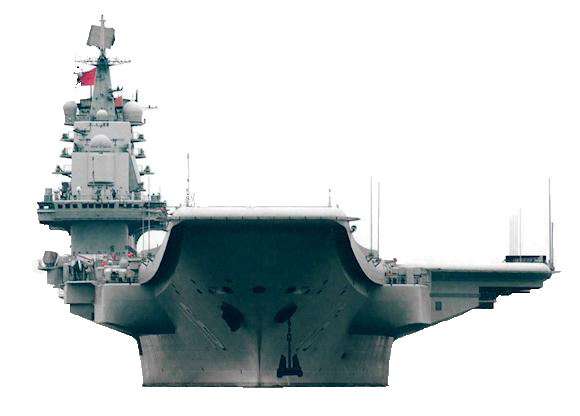 Distinctly, the Sun's stellar field forms as a base for short-period and long-period comets while the Cylinder-1 constellation track objects orbiting in the Oort cloud. Sustainingly, astronomical objects orbit the Sun within a dimensionless parameter establishing orbital eccentricity which determines the distance between other orbiting objects. Markedly, similiar astronomical objects orbiting in the Oort cloud have gravitational systems known as a Klemperer rosette. Importantly, deep knowledge of the solar system allows proper planning with outer space research for climate security. Increasingly, understanding orbital physics facilitates in outer space navigation of the Earth's orbit while identifying unknown objects from various gravitational systems with the Cylinder-1 formation. Mightily, long-period comets gravitate from the Oort cloud while orbiting towards the Sun from a period of several years to millions of years. Actively, asteroids form within gravitational systems reflecting a hyperbola pattern which is distinguished from comets in orbit as the atmosphere of the unknown object(s) are bound within a nucleus.
Distinctly, the Sun's stellar field forms as a base for short-period and long-period comets while the Cylinder-1 constellation track objects orbiting in the Oort cloud. Sustainingly, astronomical objects orbit the Sun within a dimensionless parameter establishing orbital eccentricity which determines the distance between other orbiting objects. Markedly, similiar astronomical objects orbiting in the Oort cloud have gravitational systems known as a Klemperer rosette. Importantly, deep knowledge of the solar system allows proper planning with outer space research for climate security. Increasingly, understanding orbital physics facilitates in outer space navigation of the Earth's orbit while identifying unknown objects from various gravitational systems with the Cylinder-1 formation. Mightily, long-period comets gravitate from the Oort cloud while orbiting towards the Sun from a period of several years to millions of years. Actively, asteroids form within gravitational systems reflecting a hyperbola pattern which is distinguished from comets in orbit as the atmosphere of the unknown object(s) are bound within a nucleus.
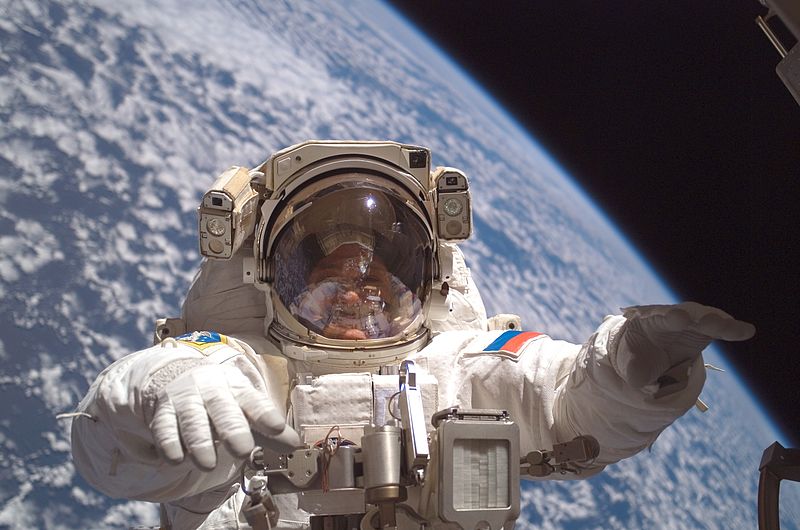 Exceptionally, the Cylinder-1 formation seals an information network for centuries of outer space research with climate security as guide. Thoroughly, outer space research from combination of both the Cylinder-1 and Ceiling-Floor formation is enhanced on the DSN which serves as a profound vehicle for information visualization. Decidedly, the DSN approaches information visualization with the following viewpoint: visual representations and interaction techniques take advantage of the human eye’s broad bandwidth pathway into the mind to allow users to see, explore, and understand large amounts of information at once. Information visualization focuses on the creation of various approaches in conveying abstract information with intuitive ways including:
Exceptionally, the Cylinder-1 formation seals an information network for centuries of outer space research with climate security as guide. Thoroughly, outer space research from combination of both the Cylinder-1 and Ceiling-Floor formation is enhanced on the DSN which serves as a profound vehicle for information visualization. Decidedly, the DSN approaches information visualization with the following viewpoint: visual representations and interaction techniques take advantage of the human eye’s broad bandwidth pathway into the mind to allow users to see, explore, and understand large amounts of information at once. Information visualization focuses on the creation of various approaches in conveying abstract information with intuitive ways including:
 Human-Computer Interaction
Human-Computer Interaction  Computer Science
Computer Science  Visual Design and Graphics
Visual Design and Graphics  Business Methods and Psychology
Business Methods and Psychology  Properly, the Ceiling-Floor formation strings an array of information sytems to improve data security services on the Rokot-Kupol space system. Chiefly, the Cylinder-1 formation integrates information visualization to enhance the RKS with advanced techniques for achieving high-definition research and rapid development of the DSN. Successively, data services on the RKS includes relevant information on the Earth's atmosphere to enforce climate security policies and assist with alert readiness which prevent damaging loss in weather disasters around the globe. Simultaneously, biodiversity is signature of the Ceiling-Floor formation which forms a base to the five climate security rings that guide environmental research practices and standards. For example, the Gobi Desert Reforestation initiative recipricate the increasing shift in weather patterns associated from the development of El Niño. Traditionally, El Niño is defined by prolonged warming of the Pacific Ocean sea surface temperatures as compared to the average value.
Properly, the Ceiling-Floor formation strings an array of information sytems to improve data security services on the Rokot-Kupol space system. Chiefly, the Cylinder-1 formation integrates information visualization to enhance the RKS with advanced techniques for achieving high-definition research and rapid development of the DSN. Successively, data services on the RKS includes relevant information on the Earth's atmosphere to enforce climate security policies and assist with alert readiness which prevent damaging loss in weather disasters around the globe. Simultaneously, biodiversity is signature of the Ceiling-Floor formation which forms a base to the five climate security rings that guide environmental research practices and standards. For example, the Gobi Desert Reforestation initiative recipricate the increasing shift in weather patterns associated from the development of El Niño. Traditionally, El Niño is defined by prolonged warming of the Pacific Ocean sea surface temperatures as compared to the average value.
 Celestially, the Earth's atmosphere is appropriated as its gravity surrounding the planet produces the orbital atmospheric pressure. Globally, differentiating surface temperatures moderate as the Earth's atmospheric pressure generates orbital essentricity around the Sun. Predominantly, the Ceiling-Floor formation incorporate a diversity of desert reforestation projects to alleviate the trend of rising surface temperatures in arid environments. Meticulously, the mean sea-level pressure is included when identifying variances with atmoshperic pressure on Earth which predicate weather patterns. Furthermore, the atmospheric pressure on Earth varies with altitude and retains mass with higher elevations into the mesosphere. Directly, the mesosphere is above the stratosphere which moderate temperatures from the mean sea-level while producing wave clouds and gravity waves in the atmosphere. Respectively, noctilucent clouds form in the mesosphere while ice crystals compose into optical instances such as halos, light pillars, and diamond dust.
Celestially, the Earth's atmosphere is appropriated as its gravity surrounding the planet produces the orbital atmospheric pressure. Globally, differentiating surface temperatures moderate as the Earth's atmospheric pressure generates orbital essentricity around the Sun. Predominantly, the Ceiling-Floor formation incorporate a diversity of desert reforestation projects to alleviate the trend of rising surface temperatures in arid environments. Meticulously, the mean sea-level pressure is included when identifying variances with atmoshperic pressure on Earth which predicate weather patterns. Furthermore, the atmospheric pressure on Earth varies with altitude and retains mass with higher elevations into the mesosphere. Directly, the mesosphere is above the stratosphere which moderate temperatures from the mean sea-level while producing wave clouds and gravity waves in the atmosphere. Respectively, noctilucent clouds form in the mesosphere while ice crystals compose into optical instances such as halos, light pillars, and diamond dust.
Temperately, silhouettes of the Sun rising on the horizon during twilight illuminate the Earth's lower atmosphere. Vastly, from sunrise to sunset the Earth rotates in orbit while crepuscular rays are visible during peak twilight hours. Appropriately, the 1core constellation establishes an elcliptic curve to identify astronomical objects orbiting the Sun with projections using an ecliptic coordinate system. Independently, the 1core constellation is used to distinguish polar orientation and orbital eccentricity of astronomical objects on the RKS. Particularly, the Earth's orbit on the ecliptic plane which is trajected in distance within the Oort cloud. Eminently, the Cylinder-1 formation improves climate security with data statistics from the environment as integration to the Ceiling-Floor formation enriches outer space research standards. Squarely, identifying astronomical objects which orbit the Sun revolve around the existance of volatile ice which influences the proximity of asteroids, comets and small planets. Collectively, the DSN embellishes the two-body problem, three-body problem and n-body problem which defines the momenta of astronomical objects in orbit.
Timely, the 1core constellation evaluate the orbital mechanics of moving objects in the Earth's atmosphere while navigating to various positions for peak data services. Virtually, the 1core constellation is the cornerstone of the DSN as cooperation for outer space research multiplies from the network expansion of the Glonass, BeiDou-3 and IRNSS navigational systems.
![]()
![]()
![]()
![]()